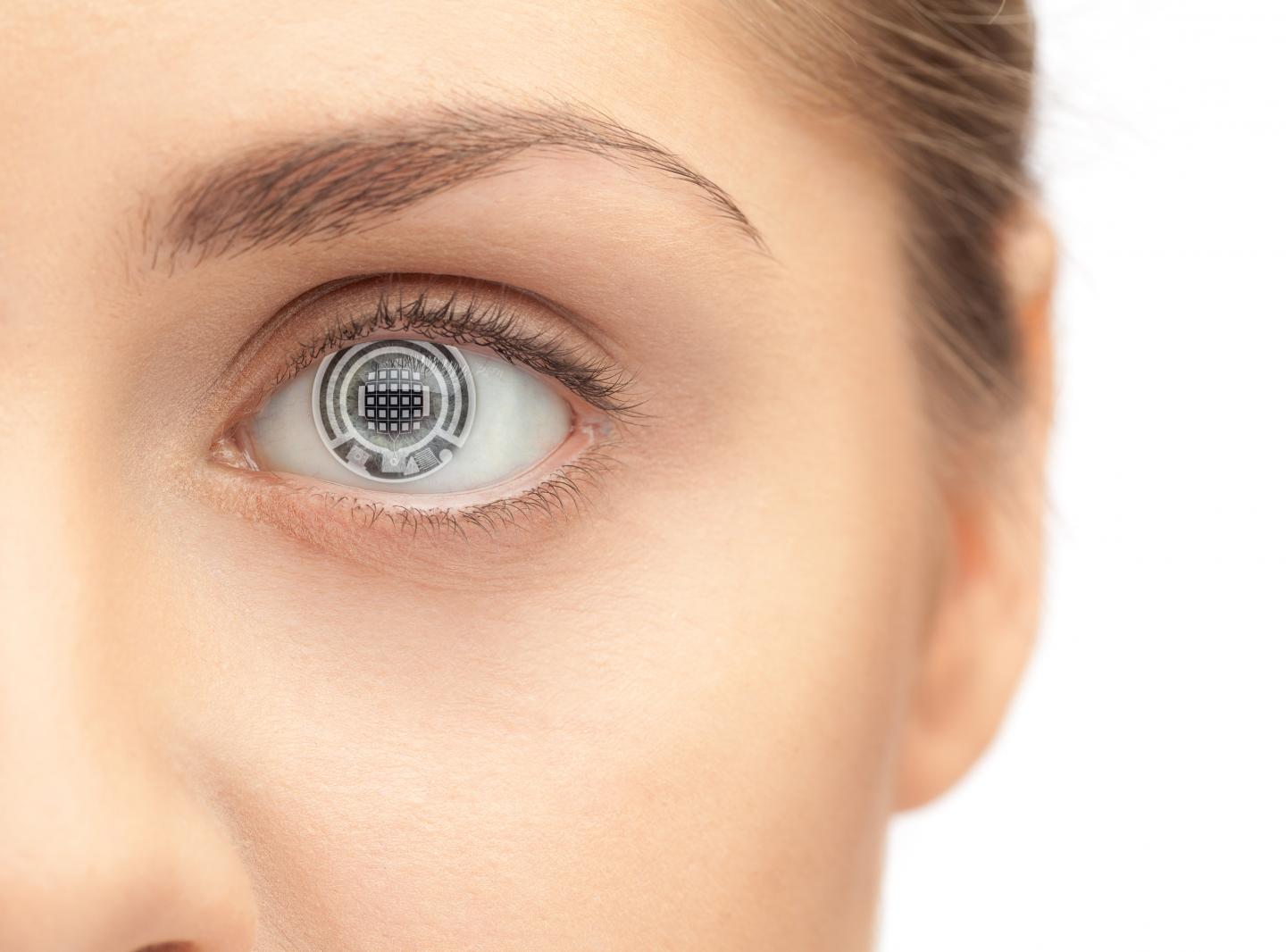Smart Contact Lenses May One Day Test Sugar Levels

Contact lenses packed with transparent sensors might one day help people with diabetes to monitor their blood sugar levels, a new study finds.
These sugar-sensing lenses would give people a way to check their blood sugar levels without drawing blood, according to the scientists who are developing on the ices.
Typically, people with diabetes monitor their blood sugar by making a tiny prick in their fingertip to draw blood, and then using a small device to measure blood sugar levels. It hurts, and some have to do this several times a day. [9 Healthy Habits You Can Do in 1 Minute (Or Less)]
But the proposed contact lenses could continuously monitor a person's blood sugar levels throughout the day, said study co-author Gregory Herman, a chemical engineer at Oregon State University. Such continuous monitoring could help reduce the risk of diabetes-related health problems, by alerting someone about any major changes in his or her blood sugar levels right when they happen, Herman said. (In an individual who has diabetes, the body cannot effectively transport sugar, or glucose, from the blood to that person's cells. Too much glucose in the blood can lead to medical problems.)
Devices that continuously monitor blood sugar levels are available, but they often require the insertion of electrodes under the skin, which can be painful, lead to skin irritation or infections, and must get replaced every several days. Contact lenses that could continuously and noninvasively monitor blood sugar levels could eliminate many of these problems, Herman said. And because contact lenses are virtually invisible, people could use them without feeling self-conscious, he added.
From electronics to eyes
To make the blood-sugar-monitoring contact lens, the researchers used technology that was originally developed for electronic products. Specifically, the researchers tinkered with a material called indium gallium zinc oxide (IGZO), whose electronic properties have recently helped boost the image quality in smartphone, tablet and flat-panel displays while also saving power and improving touch-screen sensitivity.
"If you buy an iPhone or an Apple computer or a flat-screen TV nowadays, they use IGZO," Herman told Live Science. He presented his findings on April 4 at the national meeting of the American Chemical Society in San Francisco.
Get the world’s most fascinating discoveries delivered straight to your inbox.
In the study, the researchers made contact lenses that included transparent sheets of transistors made with IGZO. To test if the lenses could measure glucose levels, the transistors were coated with an enzyme called glucose oxidase, which breaks down sugar. This meant that when the contact lenses were exposed to glucose, a chemical reaction took place as the enzyme broke down the sugar. The transistors measured this reaction — which indicated that glucose was present — through changes in the electrical currents that flowed through the lenses.
The researchers found that the sensors could detect even very low concentrations of glucose, such as the levels typically found in tears.
In theory, more than 2,500 of these sensors could be embedded within a 1-square-millimeter patch of a contact lens, Herman said. And by using Wi-Fi or Bluetooth, the data collected by the lenses could be wirelessly transmitted to smartphones or other devices, he said. [10 Technologies That Will Transform Your Life]
Beyond blood sugar
But measuring blood sugar levels isn't the only potential use for biosensing contact lenses, Herman said. The lenses could also be used to help monitor a range of other conditions, such as cancer, AIDS, glaucoma, and kidney or liver disease, the researchers said.
For example, sensors could be developed to measure a chemical called uric acid, which is found in higher levels in people with kidney disease or gout. Additionally, sensors that measure lactate could help monitor liver disease or sepsis; and sensors for the neurotransmitter dopamine could help monitor glaucoma, he said.
"You could also look for molecules related to HIV or cancer," Herman said. "We want to see if there are good ways to catch cancer at very early stages, before it's a fatal disease."
Herman cautioned that the lenses are still in the very early stages of development. It could be a year or more before a prototype biosensing contact lens is ready for animal testing, he said. And tests in humans are even further off, he said.
Original article on Live Science.




